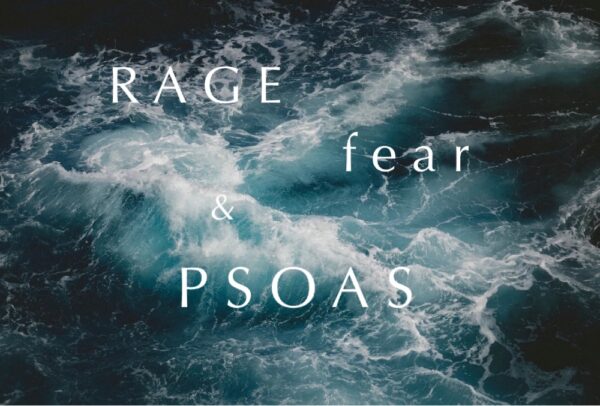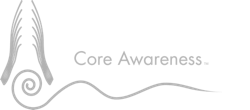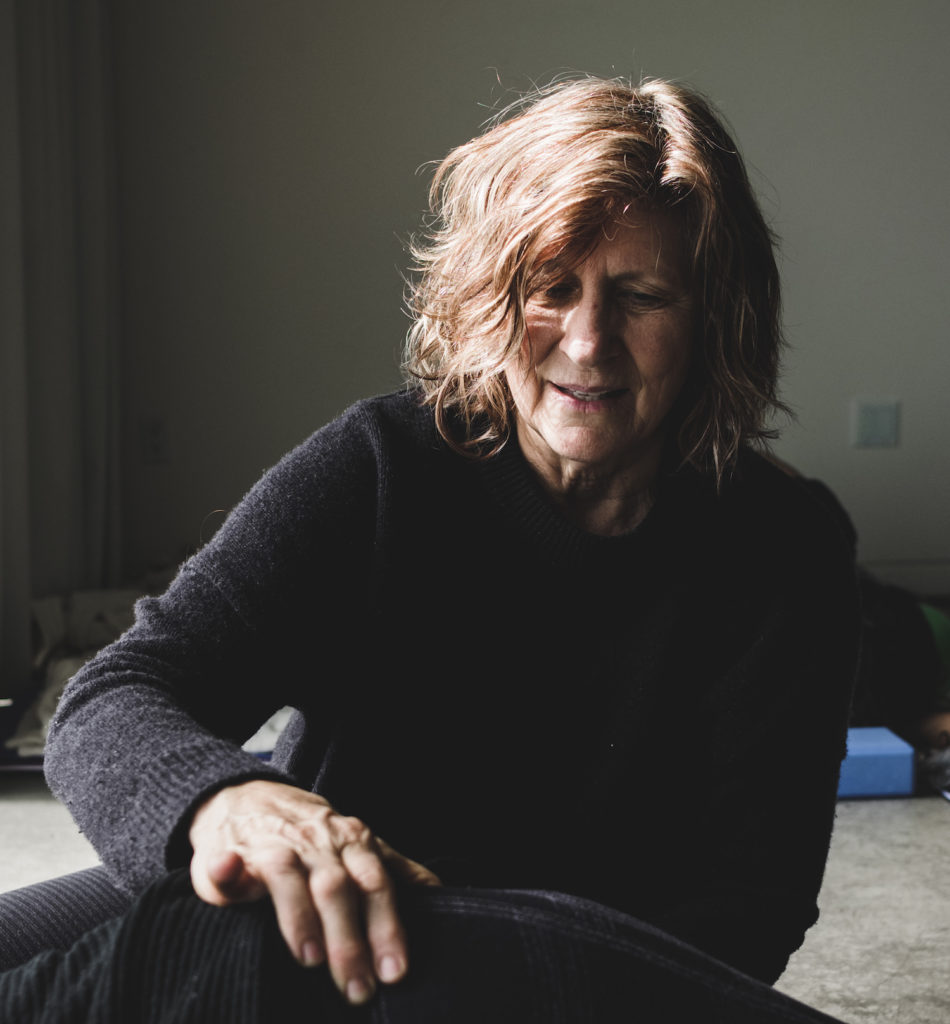
Recently while watching a dad carry his crying 2-year-old son through the airport, I heard him telling this small child to “stop it.” Sensing this dad’s frustration, I felt his threatening tone reverberating through my own body. This raised some important questions: what does it really take to stop the crying? How does a young child (or adult) stop expressing their feelings? How does this demand from the outside translate within our own body? How do we process this command for a specific behavior and then respond to it? With breath suspended, I sensed my own upper psoas vibrating as this father’s own fear escalated his demand for control.
When I heard the high-pitched scream come from the body of a seven-year-old girl after her frustration hit a peak due in part to her spoken words being ignored by her younger sister, I watched her mother move towards her and in no uncertain terms tell her to go to her room. I wondered if the time-out would offer solace or simply activate a deeper rage. As children and adults who have been parented, we do what we can with the capacity available within our own system. The questions I raise are not about parenting styles but how we personally “handle” our frustration, rage, and indignation. How do we physically control our emotions now that we are perceived to be adults?
I believe it is our sensory system that provides us clues and direct access to exploring our emotions. Tracking our physical sensations helps us notice our authentic responses as well as our thoughts, feelings, habits, and reactions. Instead of being afraid of our impulses, becoming sensory aware provides a more nuanced response and offers options to our reactions. We not only begin to recognize our original strategies for handling ourselves in times of threat but also can consciously drop under our familiar social conditioning to our animal body’s capacity for coherency. By tuning into our sensory system we truly are able to experience the ruptures and repercussions of our behaviors. For men and women our fear responses all too often keep us on the surface in order to behave while rage continues to boil deep within.
For the young child, muscular control is his or her only means of feeling safe. Without being told how, a child learns to stop crying on command. This is made possible by a level of deep immobilization of expression. With abdominals contracted and the breath held, our tissue freezes. The reciprocal relationship between the respiratory diaphragm and our psoas suggests that immobilizing involves not only muscles but also organ functioning. Using our will siphons off our life-force affecting the vitality of our kidneys (associated in Chinese medicine with fear). As a result, we often negotiate our behavior through the adrenals (associated with survival responses). By necessity, this internal control influences every aspect of our well-being. Paying attention to our sensory messages rather than trying to fix or manipulate our psoas, we begin to track our true core expression and by doing so increase our self-awareness. The sensory system helps us integrate and mature beyond our past habitual bracing, collapsing, suppressing, and threatening strategies.
As I write in The Psoas Book:
When the child, and later the adult, is unable to defend him or herself by fighting or fleeing from an overwhelming, unsafe, or terrifying situation, his or her only escape may be to disassociate. The fight-or-flight response or stress response entails the release of chemicals through a combination of nerve and hormonal signals that not only include cortisol and adrenaline but may also release natural opiates. Not only can a person go into physical shock, but he or she can also experience hyperarousal, which can than lead to psychically ‘shutting down’ by way of disassociating from what is or may be perceived to be a life-threatening situation. By shutting down or cutting off sensory input, a person disconnects from the present moment and thus numbs his or her pain.
Although Western thinking compartmentalizes sensations from feelings and thoughts, our organism’s expressions emerge as a whole dynamic system. Patterns of holding tension appear within every aspect of our physicality limiting not only our creative expression but also our receptivity and resiliency. Because muscular contractions are voluntary, a person can learn to control strong excitation and gain a false sense of an empowered self. Rather than feeling out of control or overwhelmed, this ability to flex our muscles eventually limits our unwelcomed feelings but also subdues nuanced feelings, expressions, and our sense of wholeness. We can become hardened, numb, and comfortable in our muscular armoring.
But deep within our core, psoas as part of the autonomic nervous system, is involuntary. Within this neuro-core our expressions are pure, necessary, and life sustaining. These gestures are emerging from our animal body’s wild nature. So, although we can surround our core with a muscular girdling the long-term effect of incoherency diminishes our true power, pleasure, and creativity. Rather than being completely ourselves, guided by our wise instincts, and nourished by a juicy inner core psoas, the distortions, and contortions for controlling our behavior play havoc eventually resulting in a drying shrinking psoas. No amount of stretching, strengthening, or manipulating can therefore shift this power-over dynamic. Only self-awareness turned toward our somatic experience can foster coherency, agency, and nourish self-love.
Join me for an exploration of psoas, emotions, & core awareness Coming To Our Senses as Women starting June 2021
Photo Credit: Jakob Owens unsplash

